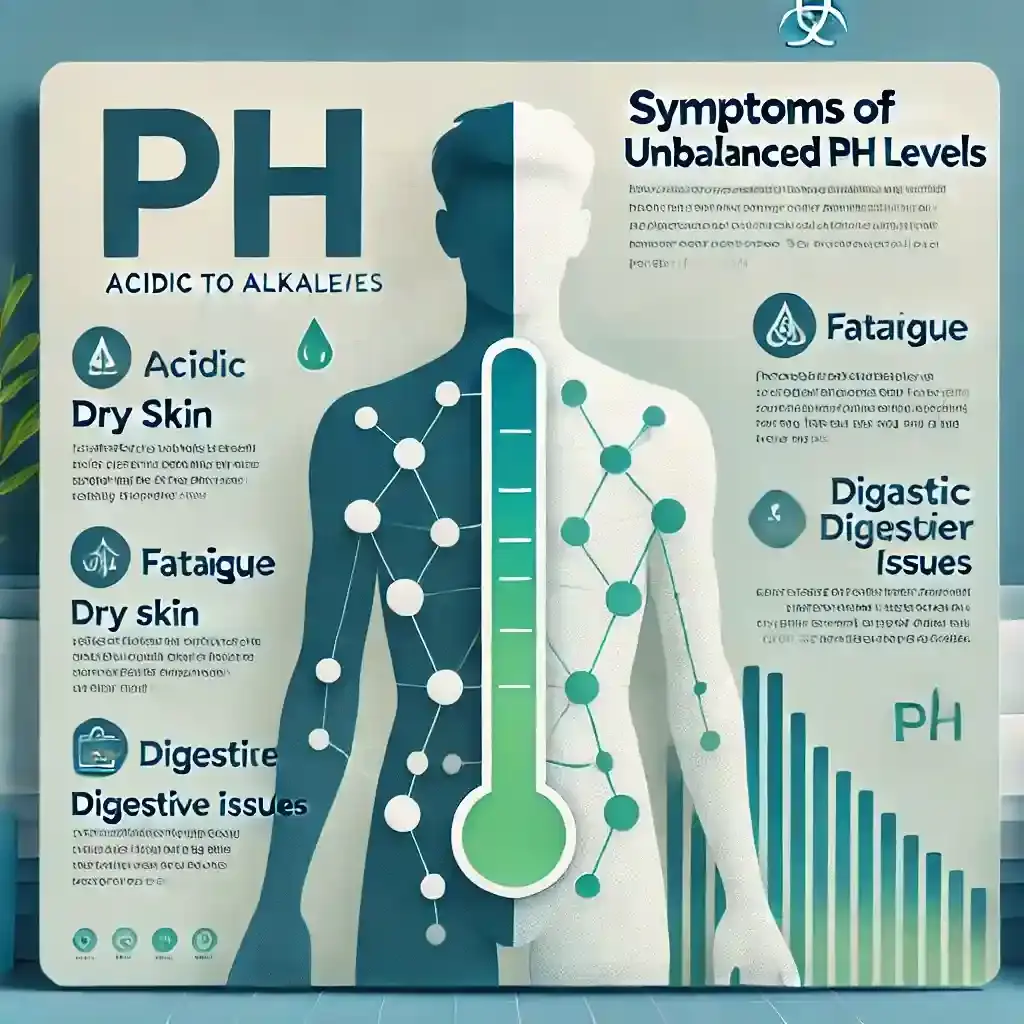Swedish vs Deep Tissue Massage compares light, flowing strokes for relaxation with slower, firmer pressure for chronic pain relief. Each method offers unique techniques, benefits, and risks depending on the body's needs. |
Choosing between a Swedish massage and a deep tissue session can feel harder than it sounds. Do you want pure relaxation, or do you need deeper work to release tight, stubborn knots?
That’s where the Swedish Massage vs Deep Tissue question really matters; both are effective, but they support your body in different ways. Understanding how they differ helps you pick the right massage, avoid discomfort, and walk out feeling exactly how you hoped.
Before You Book: A Simple Rule That Works
If your mind feels tired → Swedish Massage.
If your body feels tight → Deep Tissue Massage.
This single rule already prevents the “wrong message” experience that many people go through.
In this guide, we go deeper. We explain how each massage works on the table, the techniques involved, how each one feels during and after, who should pick what, and how to choose based on your daily stress pattern.
Swedish Massage vs Deep Tissue: Key Differences
Both are effective, but they’re not interchangeable. The difference between Swedish and deep tissue massage is more than pressure. It’s about intent, audience, and outcome.
1. Pressure and Intensity
Swedish: light to medium. Comfort is the goal.
Deep tissue: slow and firm, reaching into the deeper layers. This is why many ask, Does deep tissue massage hurt? Yes, a little, but that discomfort is often short-lived.
2. Target Areas and Techniques
Swedish covers broad areas, keeping movements flowing. It supports relaxation and circulation. Deep tissue zooms in, narrowing focus to scar tissue, fascia, or tight knots. The feel is completely different, one sweeping, the other deliberate.
3. Goals: Relaxation vs Rehabilitation
Swedish massage is the best massage for stress relief vs chronic pain because it soothes nerves. Deep tissue, however, works as a massage for recovery and injury prevention. It restores movement and addresses old injuries.
4. Ideal Audience
Swedish: anyone anxious, tired, or new to therapy, a perfect choice as a Swedish massage for beginners.
Deep tissue: better suited for athletes, runners, or those dealing with long-standing stiffness.
Comparison Table: Swedish vs Deep Tissue Massage
Feature | Swedish Massage | Deep Tissue Massage |
Pressure | Gentle to medium | Strong, focused |
Focus | Relaxation & surface muscles | Chronic pain, deep knots |
Audience | Beginners, stressed individuals | Athletes, chronic pain sufferers |
Techniques | Effleurage, Petrissage | Elbows, Knuckles, Thumb rolls |
Result | Stress relief, better sleep | Recovery, mobility, pain relief |
Swedish Massage: What It Is, How It Feels, Who It Helps
The Swedish method is often called the starting point of modern massage. It isn’t just about pampering; it’s structured, rhythmic, and science-backed. Therapists use it to ease surface tension, relax the nervous system, and restore circulation. People new to massage often begin here because the pressure is gentle, the atmosphere feels safe, and the body quickly responds with calm.
Swedish Massage Techniques
Swedish massage relies on five core movements. Each has its own feel:
Effleurage: Smooth, sweeping strokes warm up muscles and prepare them for deeper work.
Petrissage: Gentle kneading squeezes muscles, stretching fibers in a way that feels almost bread-dough softening.
Friction: Small, firm circles create warmth in stiff spots.
Tapotement: Rhythmic tapping with cupped hands or fingertips wakes up the muscles.
Vibration: A subtle shake, like tremors down the skin, to release stress.
Technique | What the Therapist Does | How It Feels |
Effleurage | Long gliding strokes along muscle fibers | Smooth, warm, rhythmic |
Petrissage | Lifting and kneading muscle tissue | Soft pressure that loosens stiffness |
Friction | Small circular pressure movements | Gentle heat in a tight spot |
Tapotement | Light tapping using cupped hands or fingertips | Light stimulation wakes muscles slightly |
Vibration | Subtle shaking of the muscle or limb | Releases nervous tension, and breathing eases |
Swedish Massage Benefits
Swedish massage benefits come from how the nervous system reacts when stress is reduced:
Muscles relax without force.
Breathing becomes slower and deeper.
Stress and anxious feelings are reduced.
Circulation improves in arms, legs, and back.
Sleep becomes easier and more consistent.
This type suits:
Office workers with desk tension
Students under exam stress
People whose sleep has become light or disturbed
Anyone new to massage
Swedish is the “safe first massage” when someone is unsure what their body needs.
Deep Tissue Massage: What It Targets, How It Works, Who Should Choose It
Deep tissue massage works more slowly and goes into deeper layers of muscles and fascia. The goal here is not relaxation first. The goal is release. The therapist uses elbows, knuckles, and forearms to gradually sink into tight areas. This pressure is steady, slow, and deliberate.
Deep Tissue Massage Techniques
Deep tissue sessions move layer by layer. This prevents unnecessary pain.
Technique | What Happens | Why It Works |
Elbow Pressure | Therapist leans into the muscle with controlled weight | Reaches deep stiffness without sudden force |
Knuckle Rolling | Slow rolling motion across thicker muscle groups | Helps muscle fibers glide again |
Thumb Press Circles | Small circles on tight knots | Gradually reduces adhesions |
Forearm Glide | Broad, controlled pressure | Works on large areas like back and thighs |
Pin-and-Stretch | Pressure at one point while limb moves | Restores movement patterns |
Deep Tissue Massage Benefits
Deep tissue massage benefits include:
Relief from chronic muscle tightness
Better range of motion
Reduced pulling sensations around the shoulder blades and hips
Ease in neck turning or bending forward
Warm, loose feeling in stiff zones
This massage suits:
Athletes and gym-goers
People with old injuries
People who wake up stiff most mornings
Those whose stress sits in the body, not the mind
Important Research (Clear and Honest)
In a randomized controlled trial of 619 adults with neck pain:
Improvement was higher at 7 weeks (RR = 1.36; 95% CI 1.04–1.77)
Some continued improvement at 26 weeks (RR = 1.23; 95% CI 0.97–1.56)
At 12 months, there was no significant difference in pain or disability
Deep tissue works best for short-term relief, especially when pain is from posture or tension. For long-term change, daily movement habits also matter.
Also, research notes that there is no single standard definition of deep tissue massage. So results depend heavily on therapist's skill and pressure control.
A recent article confirmed that deep tissue massage improves performance and recovery in athletes, with longer sessions linked to greater flexibility. That’s why many runners and strength athletes treat it as part of their routine.
Risks and Considerations
Massage is safe when handled by trained therapists, but both approaches come with caution points. The question isn’t about danger, but about suitability.
Risks of Swedish Massage
Though gentle, Swedish has some limits.
Avoid use if you have open wounds or skin infections.
Not suited for people with clotting disorders.
It may be unsuitable during certain medical treatments.
Risks of Deep Tissue Massage
Here, the risks are linked to intensity.
It can cause temporary soreness or bruising.
Not recommended during pregnancy.
Unsuitable for those with fragile bones or severe clotting problems.
Massage is safe when done by trained hands, but every method comes with limits. Swedish is considered gentle and carries minimal risk.
In a trial of 60rheumatoid arthritis patients, Swedish massage given over eight weeks not only reduced pain but also cut down painkiller use. That kind of outcome shows that even people managing chronic conditions can benefit safely when care is tailored.
How to Choose the Right Massage for You
The choice is rarely about which is better, Swedish or deep tissue massage, but which works better at a given time. Stressful month? Choose Swedish. Nagging injury? Deep tissue. The right fit depends on your current needs.
Go Swedish for a massage for stress and anxiety.
Pick deep tissue for muscle tension relief and rehabilitation.
Mix both if your therapist offers it. Some sessions begin with Swedish strokes before moving into deep tissue.
So, is Swedish or deep tissue massage more effective? The answer depends on the goal: relaxation or recovery.
Final Thoughts
So, Swedish massage vs deep tissue, which is the best? Well, both styles matter. One restores calm, the other restores function. Neither wins outright because the body doesn’t have a one-size solution. Listen to your stress levels, your pain points, and your recovery goals. That’s where the right choice is made.
أسئلة متكررة
Does Swedish massage help with muscle knots?
It can loosen mild knots and tension, but deeper, stubborn knots respond better to deep tissue techniques.
Does deep tissue massage hurt?
Yes, during the session, it can. But the soreness fades, replaced by long-term relief and improved mobility.
Can you combine both in one session?
Yes. Therapists often start with Swedish strokes and then apply deep tissue techniques in areas that need stronger work.
How often should you get each type?
Swedish can be enjoyed weekly. Deep tissue is best scheduled every three to four weeks, allowing muscles to recover fully.
Which is better, Swedish or deep tissue massage?
Neither is “better” for all. Swedish suits stress relief, while deep tissue supports chronic pain and recovery. The right one depends on what your body asks for.
-User-1754380331.png)
كُتب بواسطة







